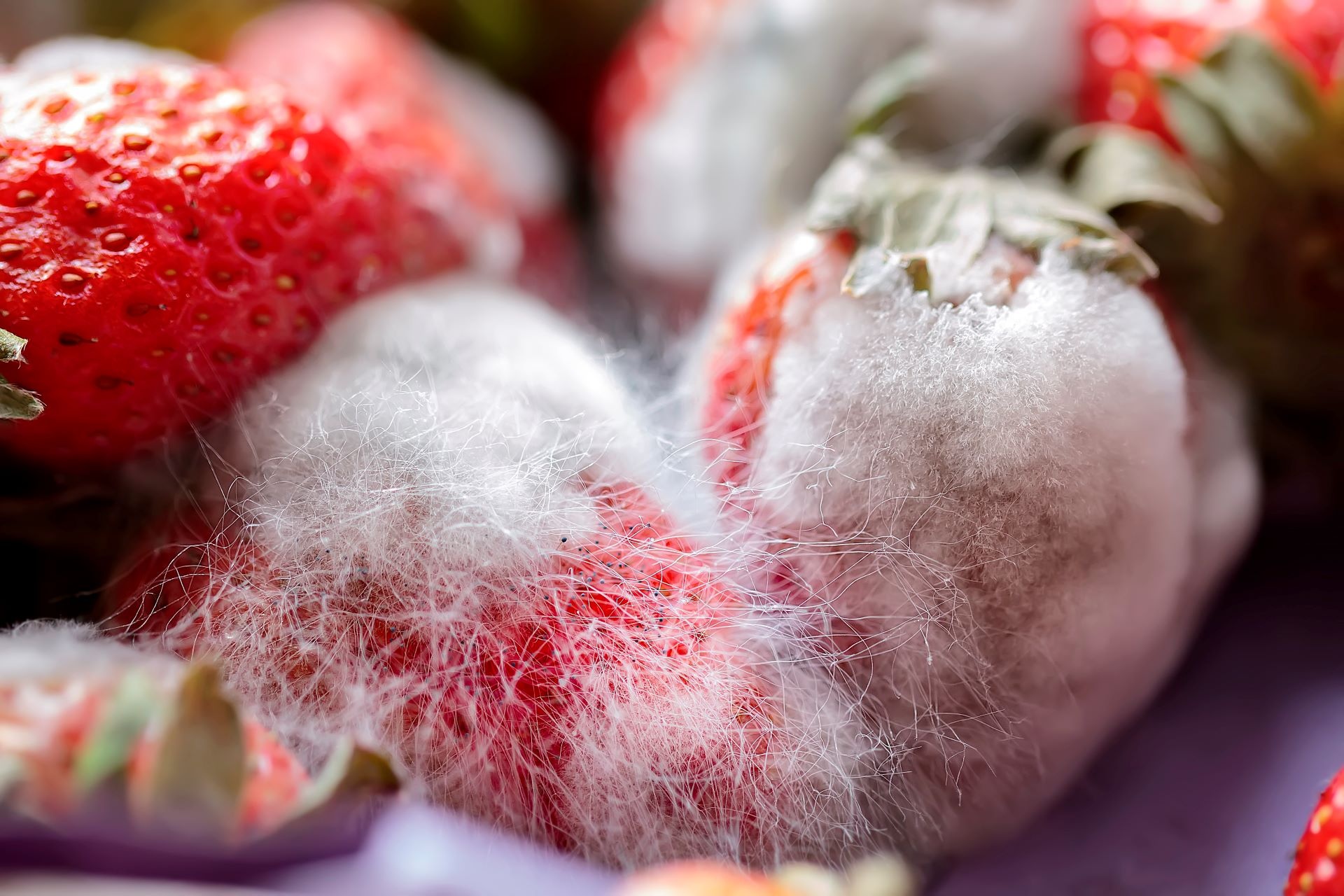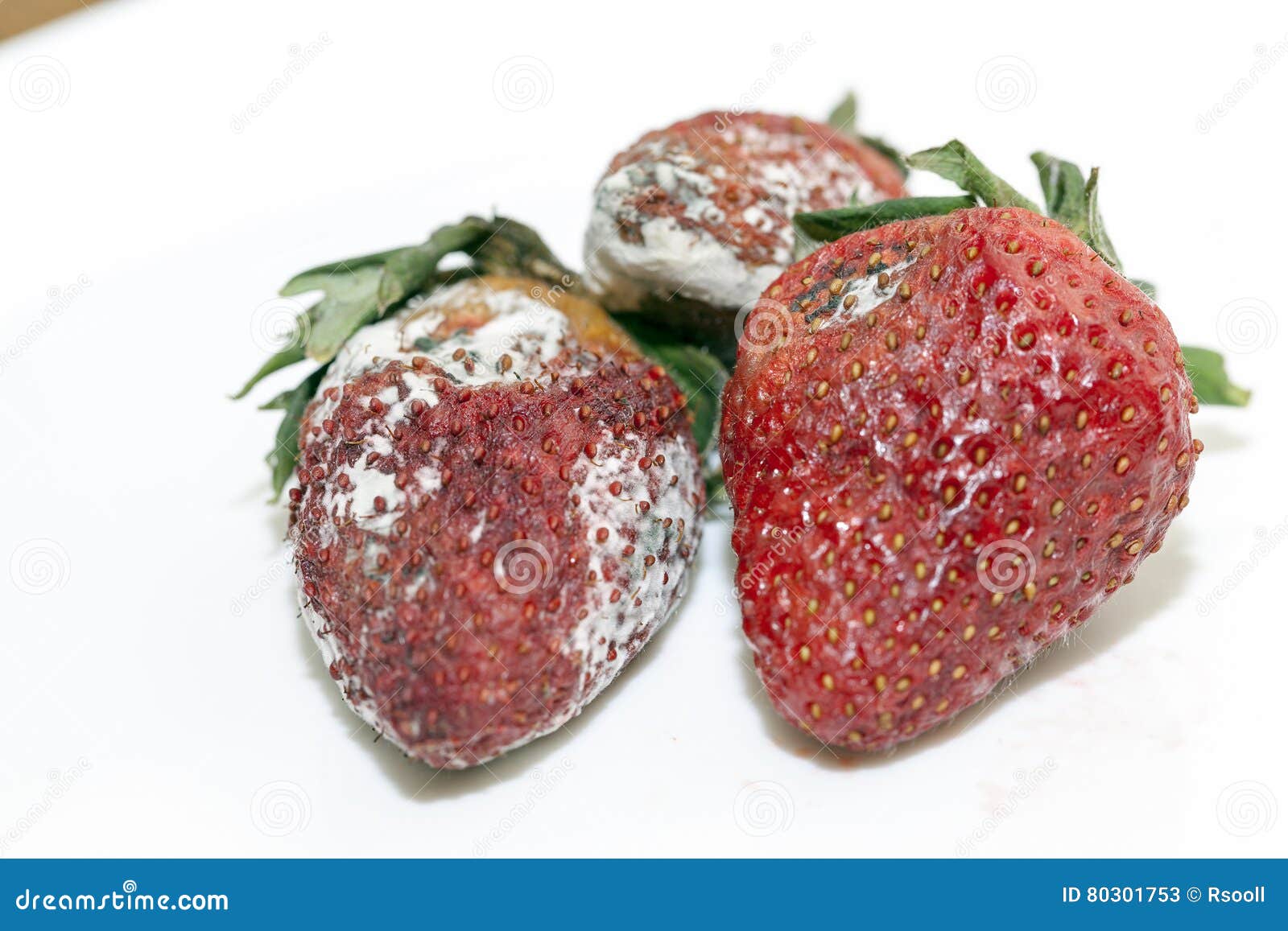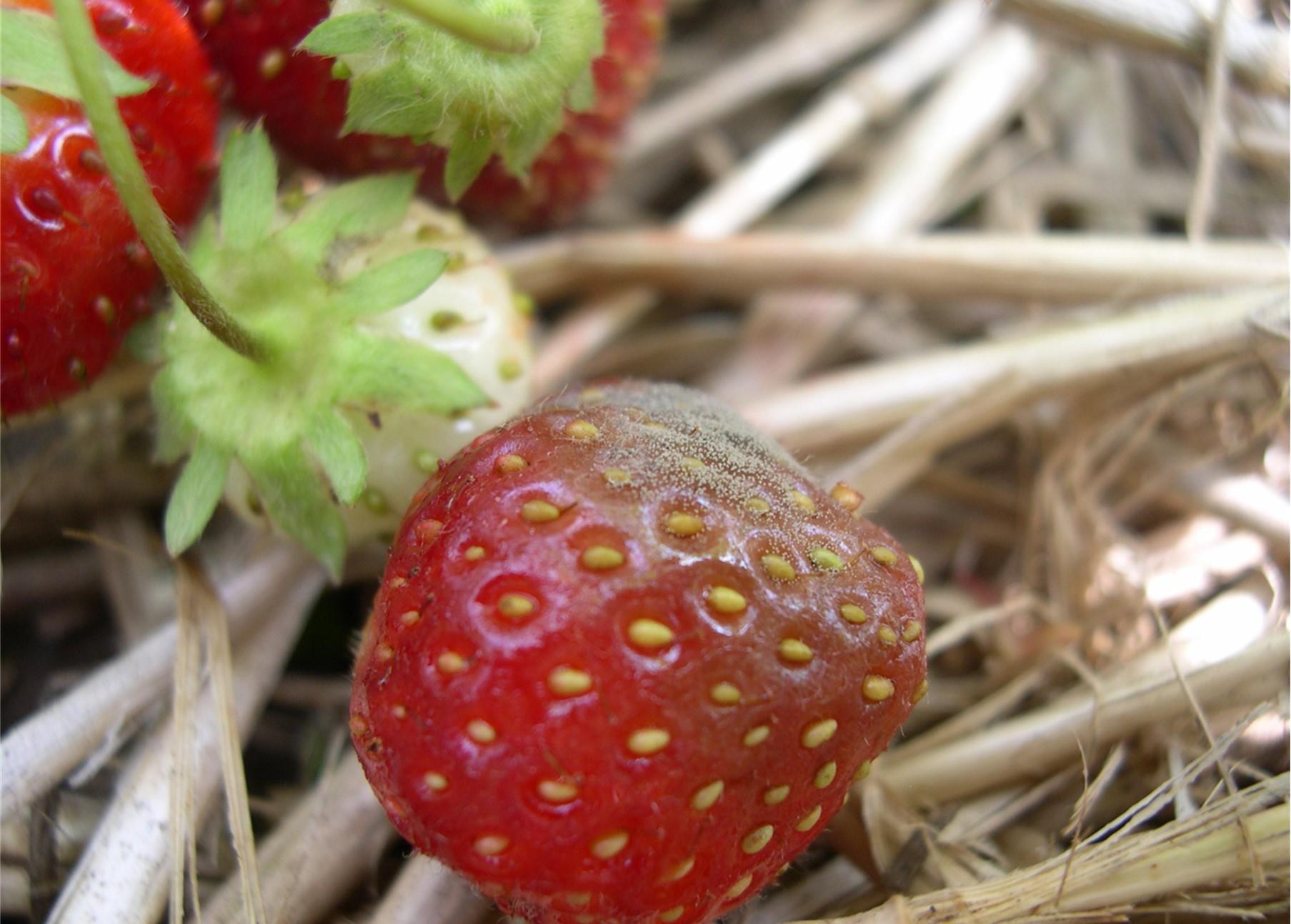
Strategies for Effective Management of Botrytis and Anthracnose Fruit Rot in Strawberries
Managing gray mold (Botrytis) on strawberries is increasingly challenging because of fungicide resistance development, plus a new Botrytis species that is less susceptible to fungicides is becoming common in the mid-Atlantic region. Resistance to certain fungicides is also a problem in management of anthracnose fruit rot. This article describes disease management strategies designed to slow further resistance development, while also providing specifics for managing our two most common fruit rots. Authors: Dr. Mengjun Hu, Univ. of Maryland, and Kathy Demchak, Penn State Extension
Strawberries in the Southeast get emerging disease pestalotia - Vegetable Growers News
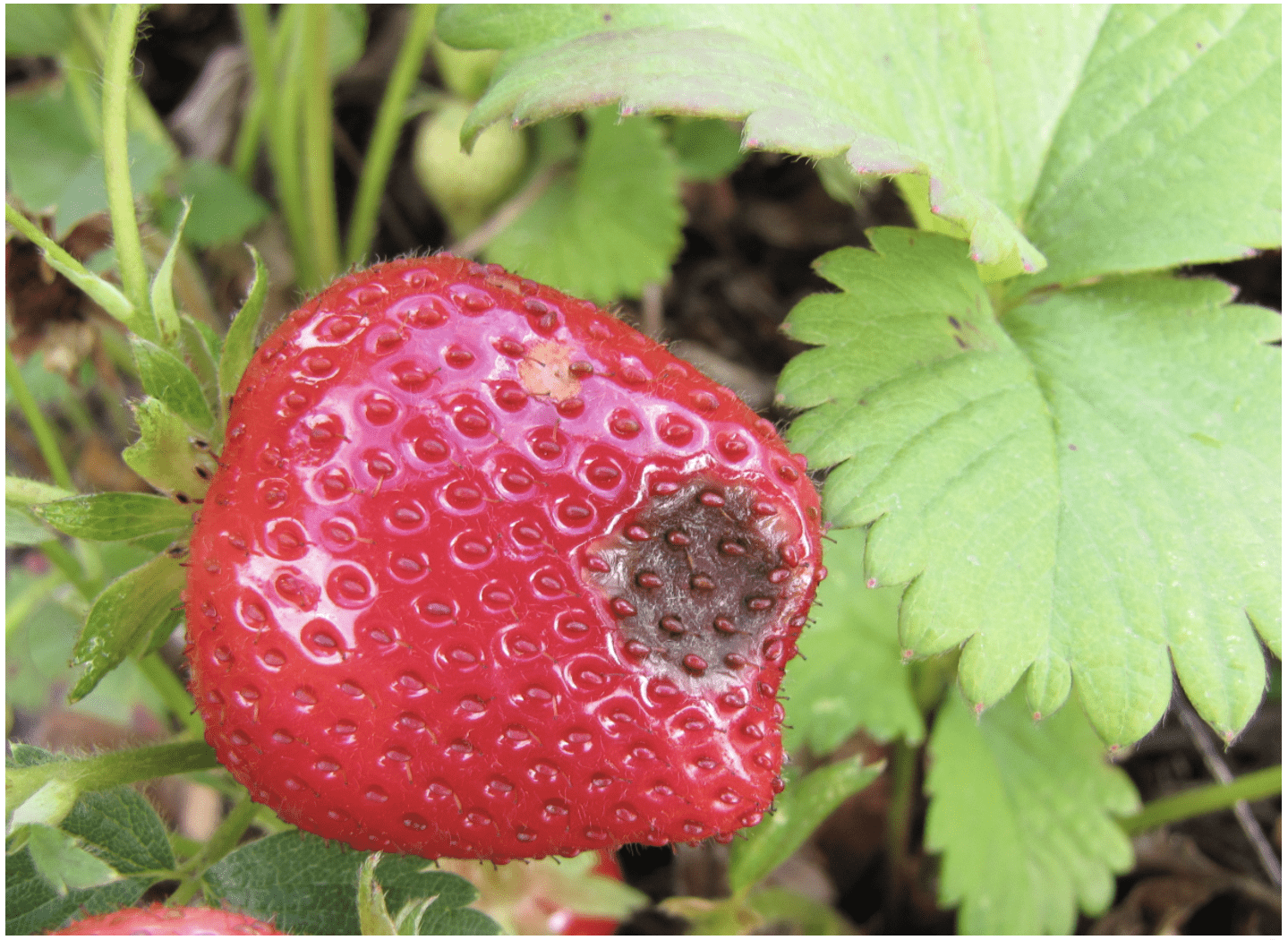
Growing Strawberries in Your Home Garden

All About Botrytis Fruit Rot Southern Region Small Fruit Consortium
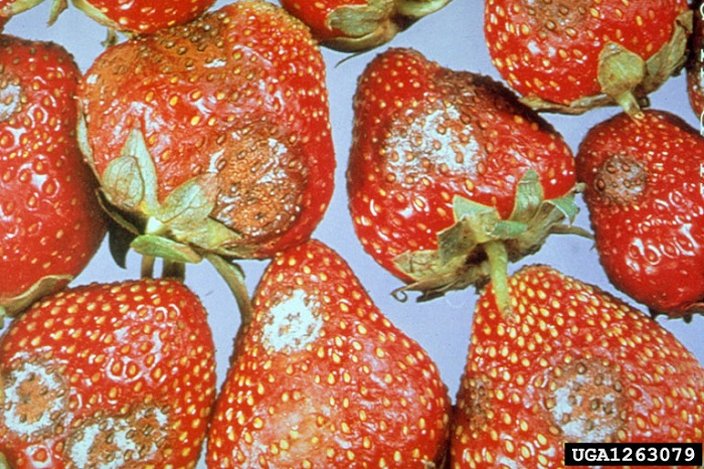
Strawberry Diseases

PDF) Anthracnose Fruit Rot of Strawberry
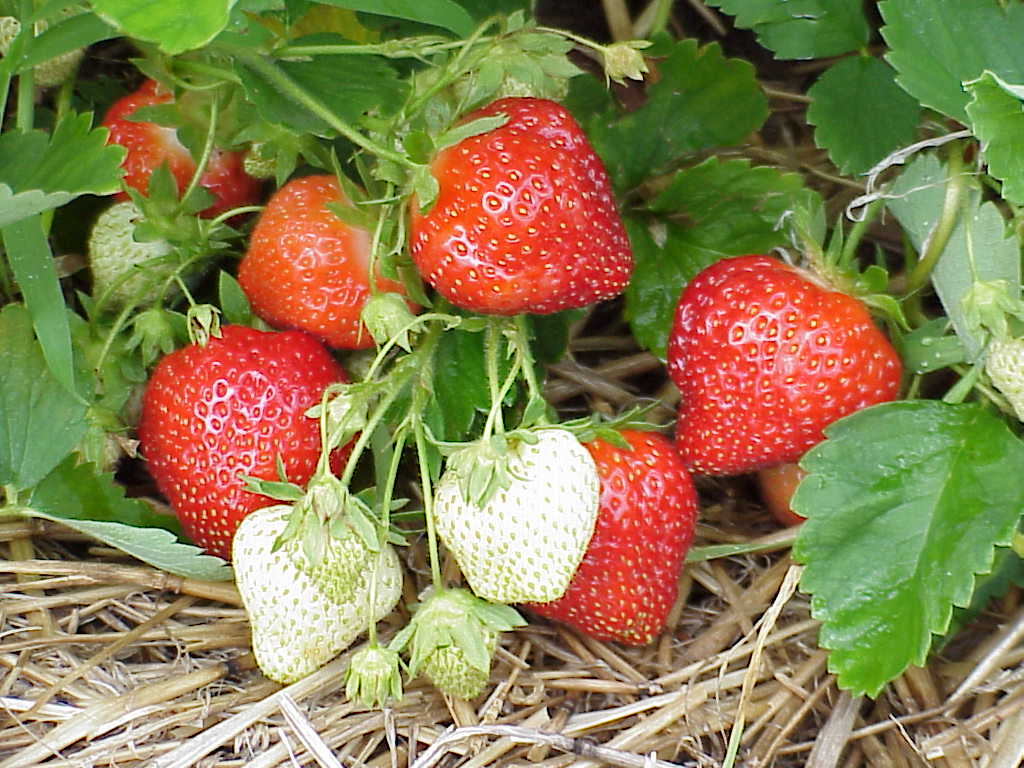
Strawberry IPM Newsletter No. 1 - May 12, 2023 - Cooperative Extension at Highmoor Farm - University of Maine Cooperative Extension
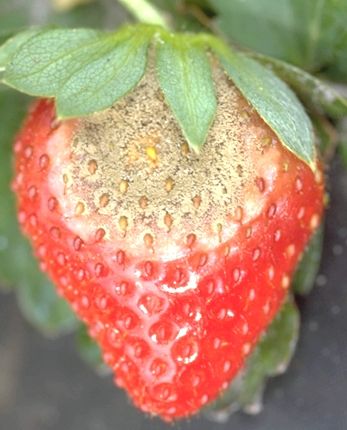
FE957/FE957: Florida Strawberry Producers' Experiences with Anthracose and Botrytis Fruit Rot, and Producers' Use of the Strawberry Advisory System
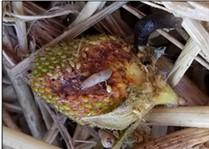
Vegetable and Fruit News-May 2022

Vegetables University of Maryland Extension
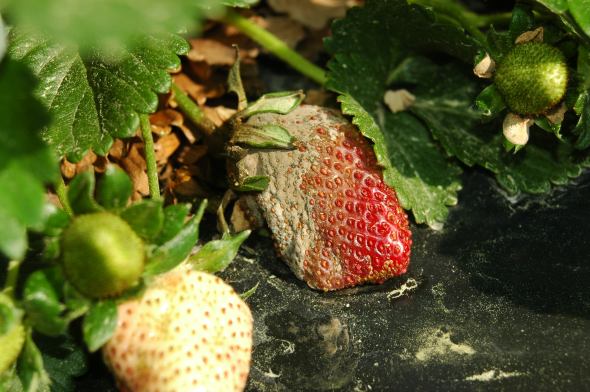
How To Prepare For Strawberry Pathogens - Growing Produce

Colletotrichum Resistance to QoI fungicides such as Abound and Pristine is prevalent throughout strawberry fields in Georgia

Strawberry – Maryland Fruit & Vegetable Farm Blog
Several common strawberry diseases. Used with permission from N. Peres
